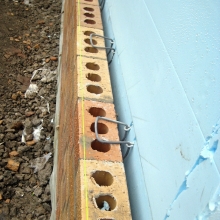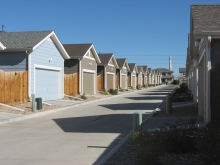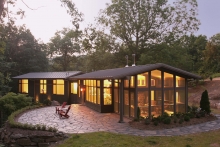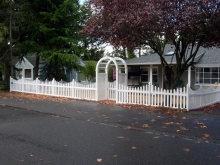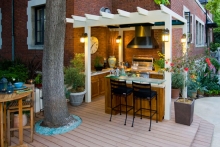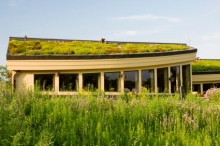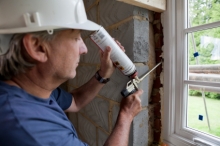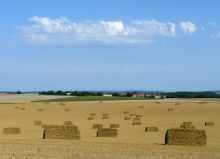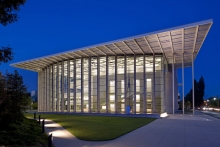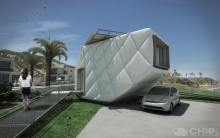Extruded Polystyrene (XPS): Improved Wall Performance
A building's wall system must constantly fight the invasion of rain, air, vapor and thermal attacks.The wall's ability to provide a barrier to each of these elements relies upon the use of appropriate materials, installed in the correct sequence.� There is no such thing as a perfect wall system; however, a wall system that performs with greater efficiency using new efficient materials is achievable.
